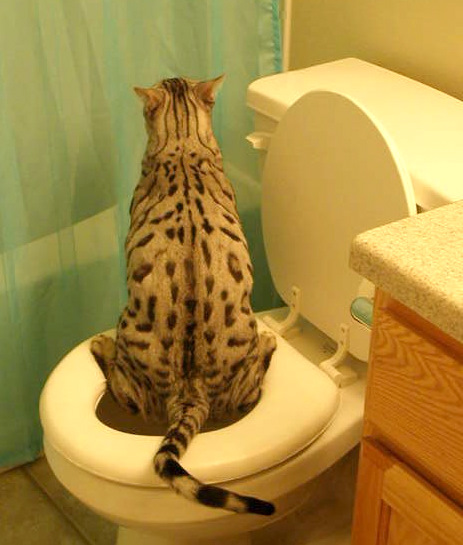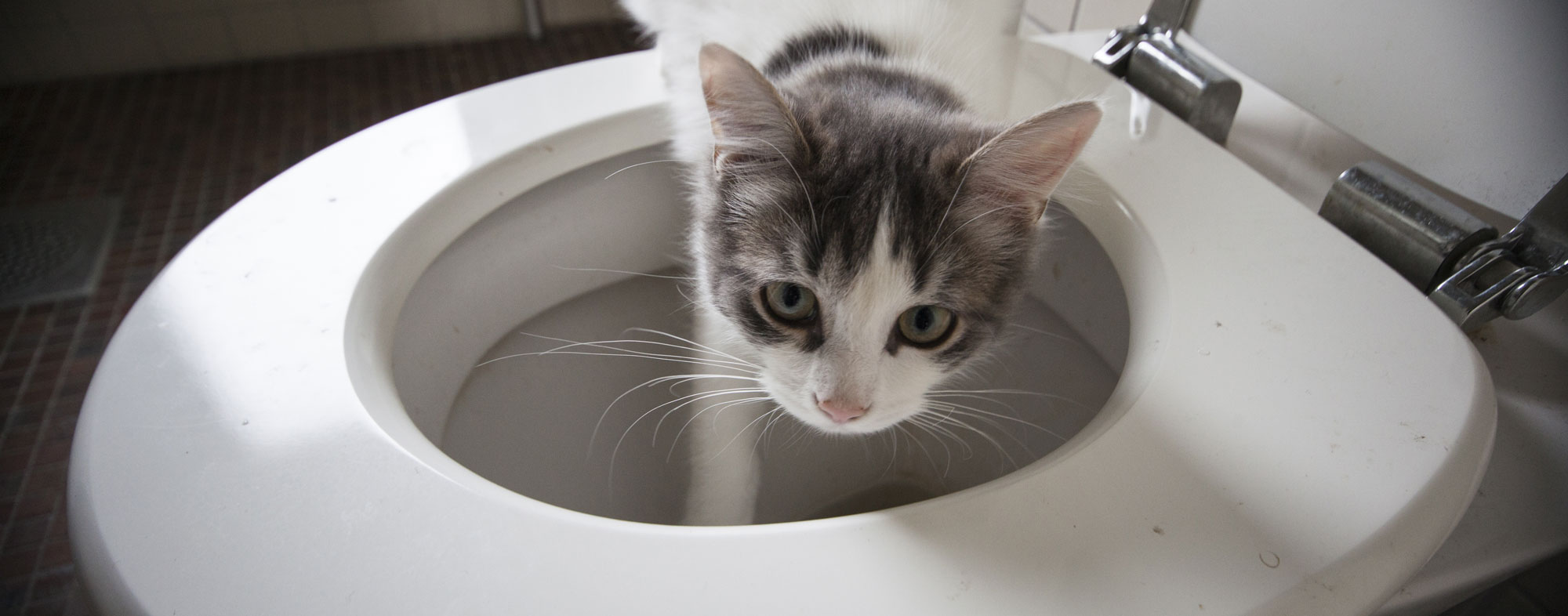Prevent Bathroom Emergencies: Don't Flush Cat Poop Down Your Toilet - Expert Guidance
Prevent Bathroom Emergencies: Don't Flush Cat Poop Down Your Toilet - Expert Guidance
Blog Article
The publisher is making several great observations about Don’t flush cat feces down the toilet as a whole in the article down the page.

Introduction
As feline proprietors, it's necessary to bear in mind how we take care of our feline pals' waste. While it might seem practical to purge pet cat poop down the bathroom, this method can have destructive consequences for both the environment and human wellness.
Ecological Impact
Flushing cat poop introduces damaging virus and bloodsuckers right into the water, positioning a substantial risk to aquatic communities. These pollutants can negatively affect aquatic life and concession water top quality.
Wellness Risks
Along with environmental concerns, purging pet cat waste can additionally posture health and wellness dangers to humans. Cat feces might consist of Toxoplasma gondii, a parasite that can cause toxoplasmosis-- a potentially extreme illness, especially for expecting women and individuals with weakened immune systems.
Alternatives to Flushing
Luckily, there are safer and more accountable ways to deal with pet cat poop. Think about the following options:
1. Scoop and Dispose in Trash
One of the most typical technique of disposing of pet cat poop is to scoop it into a naturally degradable bag and toss it in the trash. Be sure to use a dedicated clutter inside story and dispose of the waste without delay.
2. Usage Biodegradable Litter
Opt for eco-friendly cat clutter made from products such as corn or wheat. These trashes are eco-friendly and can be safely disposed of in the garbage.
3. Hide in the Yard
If you have a backyard, consider burying feline waste in a marked area far from vegetable gardens and water resources. Make sure to dig deep adequate to prevent contamination of groundwater.
4. Set Up a Pet Waste Disposal System
Purchase a family pet waste disposal system particularly developed for feline waste. These systems make use of enzymes to break down the waste, lowering smell and ecological influence.
Verdict
Responsible animal ownership extends past supplying food and shelter-- it also includes proper waste monitoring. By refraining from purging cat poop down the commode and choosing different disposal approaches, we can reduce our ecological footprint and safeguard human wellness.
Why Can’t I Flush Cat Poop?
It Spreads a Parasite
Cats are frequently infected with a parasite called toxoplasma gondii. The parasite causes an infection called toxoplasmosis. It is usually harmless to cats. The parasite only uses cat poop as a host for its eggs. Otherwise, the cat’s immune system usually keeps the infection at low enough levels to maintain its own health. But it does not stop the develop of eggs. These eggs are tiny and surprisingly tough. They may survive for a year before they begin to grow. But that’s the problem.
Our wastewater system is not designed to deal with toxoplasmosis eggs. Instead, most eggs will flush from your toilet into sewers and wastewater management plants. After the sewage is treated for many other harmful things in it, it is typically released into local rivers, lakes, or oceans. Here, the toxoplasmosis eggs can find new hosts, including starfish, crabs, otters, and many other wildlife. For many, this is a significant risk to their health. Toxoplasmosis can also end up infecting water sources that are important for agriculture, which means our deer, pigs, and sheep can get infected too.
Is There Risk to Humans?
There can be a risk to human life from flushing cat poop down the toilet. If you do so, the parasites from your cat’s poop can end up in shellfish, game animals, or livestock. If this meat is then served raw or undercooked, the people who eat it can get sick.
In fact, according to the CDC, 40 million people in the United States are infected with toxoplasma gondii. They get it from exposure to infected seafood, or from some kind of cat poop contamination, like drinking from a stream that is contaminated or touching anything that has come into contact with cat poop. That includes just cleaning a cat litter box.
Most people who get infected with these parasites will not develop any symptoms. However, for pregnant women or for those with compromised immune systems, the parasite can cause severe health problems.
How to Handle Cat Poop
The best way to handle cat poop is actually to clean the box more often. The eggs that the parasite sheds will not become active until one to five days after the cat poops. That means that if you clean daily, you’re much less likely to come into direct contact with infectious eggs.
That said, always dispose of cat poop in the garbage and not down the toilet. Wash your hands before and after you clean the litter box, and bring the bag of poop right outside to your garbage bins.
https://trenchlesssolutionsusa.com/why-cant-i-flush-cat-poop/

I'm certainly very curious about Don’t flush cat feces down the toilet and I am praying you liked the new blog entry. If you enjoyed reading our blog posting kindly remember to share it. Thank you for taking the time to read it.
Book Service Now Report this page